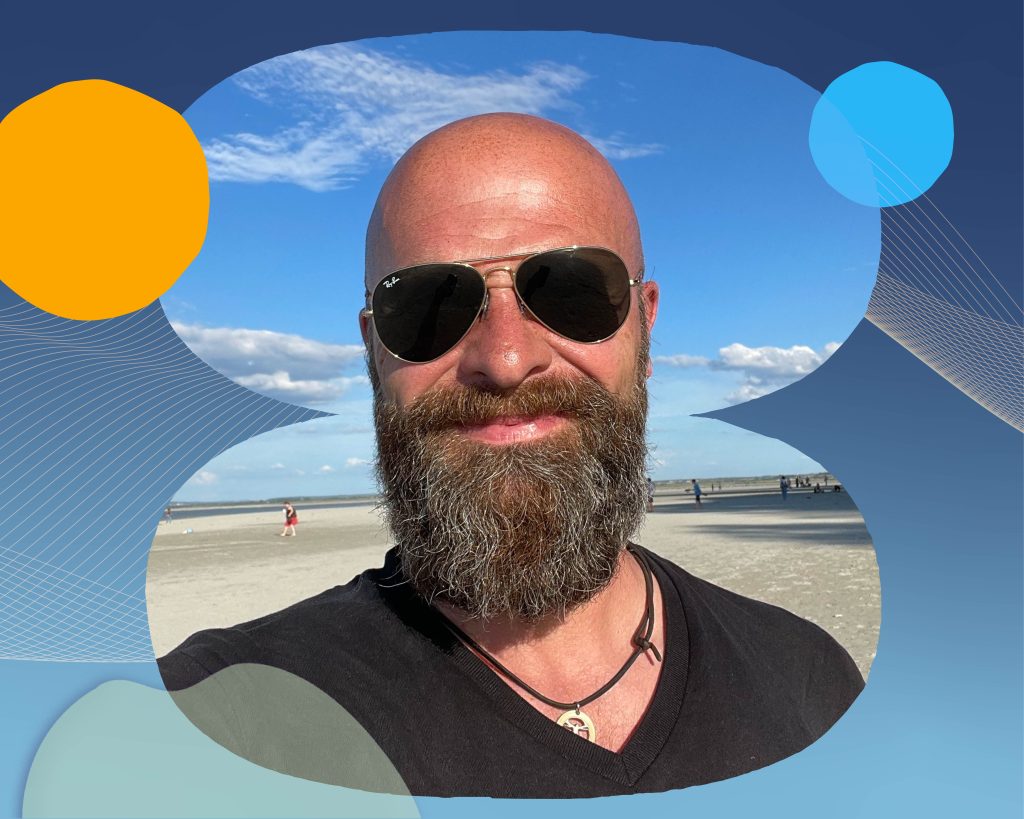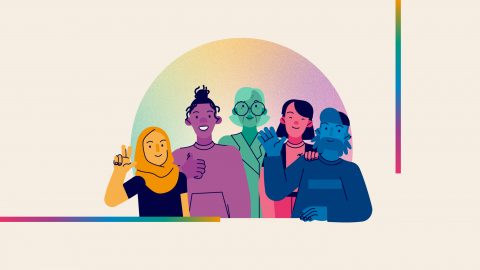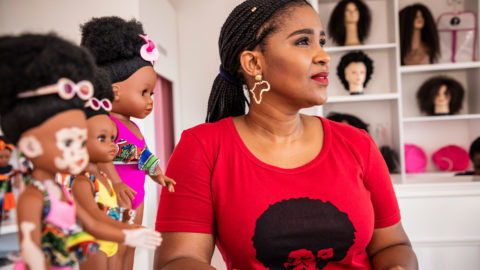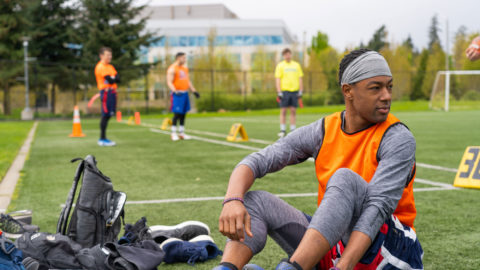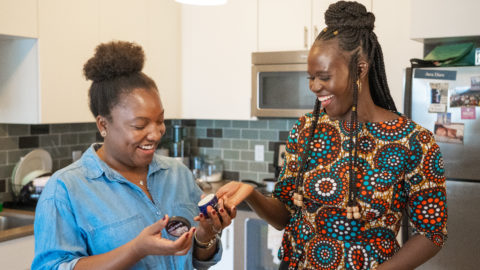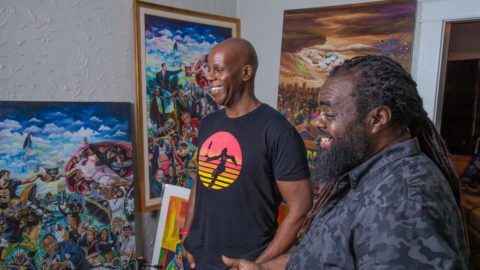“If we want to empower everyone to achieve more, we need to give them access to empowering technology and digital experiences.”
During the pandemic, Experience Lead Sascha Ackermann and his team set out to make meetings and events more inclusive, for both remote and on-site teams. The result was Microsoft’s first hybrid event room.
I came to Microsoft after about 20 years of running my own events agency — organizing mostly concerts and parties. During the pandemic, my agency moved to mostly digital events, and having organized an event for Microsoft several years back, they asked me if I’d be interested in joining as an Experience Lead.
In my new role, I got the chance to design a hybrid event room — a new way to engage at events and conferences using Microsoft Teams technology and artificial intelligence.
With a hybrid event room, viewers from around the world can participate, stream, and record a meeting and have very clear picture and sound, whether they’re in South Africa or China or the US. It’s a superior digital experience that gives remote attendees the feeling of being on-site, while also connecting and interacting with other attendees.
The importance of creating inclusive technologies like the hybrid event room is deeply personal for me. My younger brother, due to a lack of oxygen to the left half of his brain during birth, has limited use of the right side of his body. He has a right-eye restriction, a hearing aid, paralysis of the right arm, and epilepsy. It’s difficult for him to attend in-person conferences for his government job. Hearing the speaker over the people sitting next to him or even opening the door to a meeting room presents a challenge for him.
I’ve been into technology since a very young age, and I always had my brother gaming or observing next to me. I saw him interacting with these technologies in the same way I do as totally normal. Today, the bigger-picture perspective of how others will interact with technologies still informs my approach to design. In anything that we create, the result at the end can only be better when we include different points of view. Including more perspectives just increases your chances of getting it right for everyone.
With the hybrid event room, if you’re speaking at the meeting, your face will appear on the monitor on stage whether you’re in the room or not. Using AI, we’ve also added a diverse range of avatars so that each participant has one that represents them. Finally, if you have a question during the event, you raise your hand, and a lamp lights up, notifying the speaker or moderator and all other participants. We can read the emotions of digital attendees via emojis and broadcast those emojis, such as hearts and clapping, as light pulses on LED barometers in the room. For people like my brother who live with a disability, the hybrid room provides the possibility of a better conference experience at home or wherever, one where they feel integrated and have the same experience as the people who are physically in the room.
The idea of the hybrid room fits well with Microsoft’s culture and vision. If we want to empower everyone to achieve more, we need to give them access to empowering technology and digital experiences.
Discover more stories like Sascha’s here: aka.ms/InclusionIsInnovation/Disability

